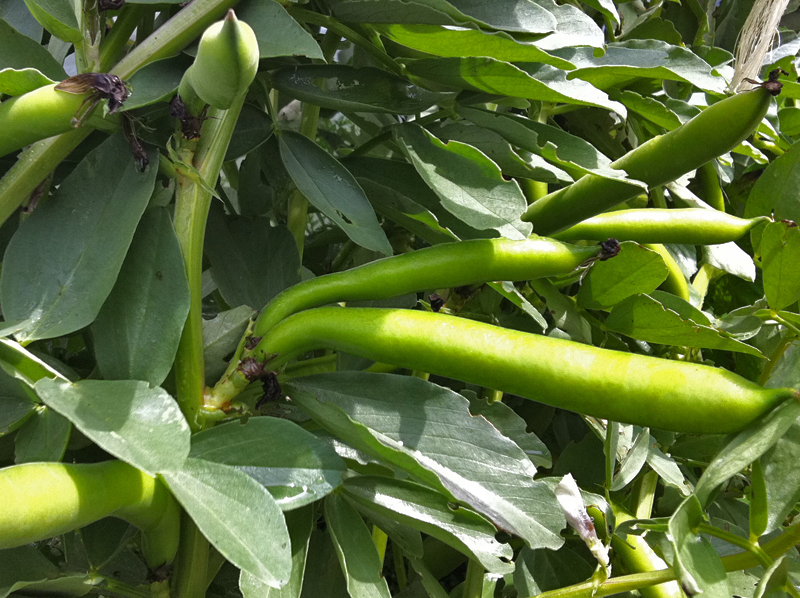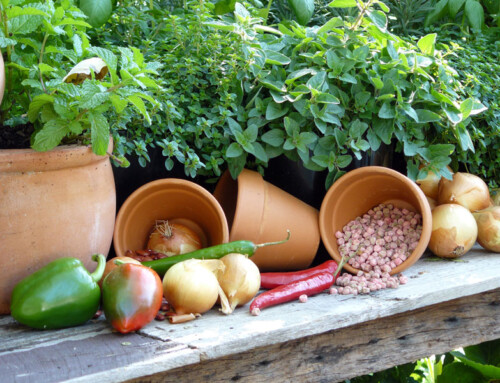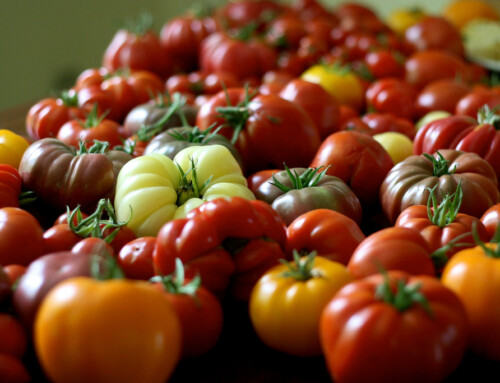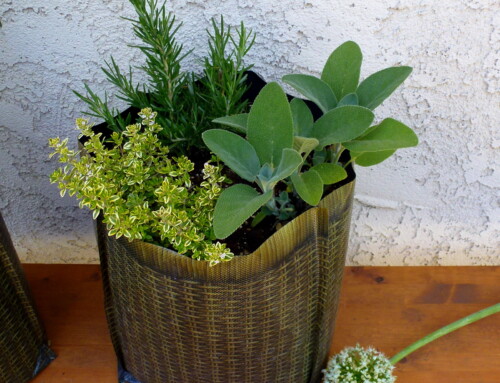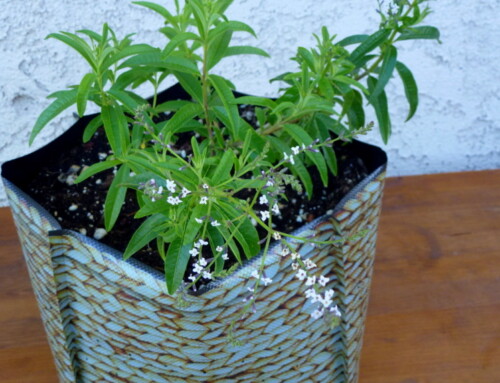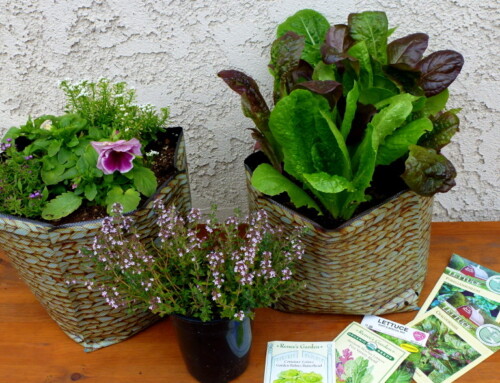Fava beans are beautiful edible plants for your vegetable garden. Not only do fava beans feed you, but they also feed your garden — in more ways than one!
Fava beans are the ideal vegetable garden plant for many reasons. They produce delicious edible beans. Fava shoots are tasty too. The plants are beautiful and attract bees and hummingbirds. And, as members of the bean family, favas have the ability to “fix” nitrogen (more on that later).
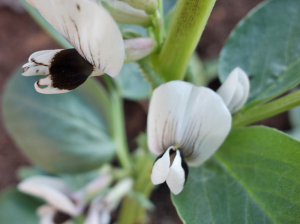 Grow Fava Beans
Grow Fava Beans
They’re easy to sow in spring, and when favas are started in the fall, they often make it right through winter – even if a bit of snow or frost touches them. (That being said, under long periods of frozen weather, the plants are likely to die down, and in some cases may re-emerge from their soil-feeding roots come spring.)
Nurseries and catalogers offer two general types of fava bean seed.
The first is specifically for cover cropping. These relatively inexpensive seeds will feed the soil, but it is unlikely you will harvest anything for your table from them.
The other kind of fava bean seed comes in a smaller, more expensive seed packet. These are varieties that will feed both you and your garden soil.
Fava beans are easy to start from seed even when the soil is still chilly. To help give them a germination kick-start, soak seeds in a moist towel for a few hours or overnight before inserting them into your garden beds.
After planting, seedlings should emerge from the soil within a week or so. Once they start growing, you’re in for a treat! These bean plants grow to about two feet tall with several sturdy stalks emerging from the base.
Feed Soil with Fava Beans
As fava beans grow in the soil, their roots work with specific soil bacteria to convert atmospheric nitrogen into a form that other plants can use. So, while other plants remove nitrogen from your garden beds, favas actually work to put some of those nutrients back into your garden.
Plus, when you harvest from your fava crop, you have the option of leaving the roots in the ground a little longer to continue fixing nitrogen and improving your soil. And, any leaves and tough shoots from favas make fantastic fodder for your compost bin.
Harvest Fava Beans
If you plant in early spring, look forward to lovely white and purple-black, hummingbird-magnet blossoms by late spring. If you wish, snip out a few shoots to sauté with other spring veggies like asparagus and mushrooms. By early summer, long, fat pods will form. Pinch them gently to determine if edible seeds have formed, and harvest the whole pod as soon as you can feel small beans inside.
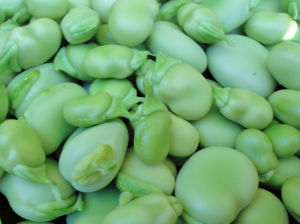 Fava beans are easiest to prepare and taste best when they are tiny. Once the beans inside the pod are bigger than a bottle cap, you may wish to remove the beans from the pods, blanch the beans, and then remove the outer bean casing from the tasty sweet interior. It takes a while, but it’s worth the effort!
Fava beans are easiest to prepare and taste best when they are tiny. Once the beans inside the pod are bigger than a bottle cap, you may wish to remove the beans from the pods, blanch the beans, and then remove the outer bean casing from the tasty sweet interior. It takes a while, but it’s worth the effort!
What are your favorite ways to eat fava beans?
Safety Note about Fava Beans
Eating or even coming into proximity with fava beans adversely affects some people. This genetic disorder is called favism. Learn more about favism at Britannica.com.


